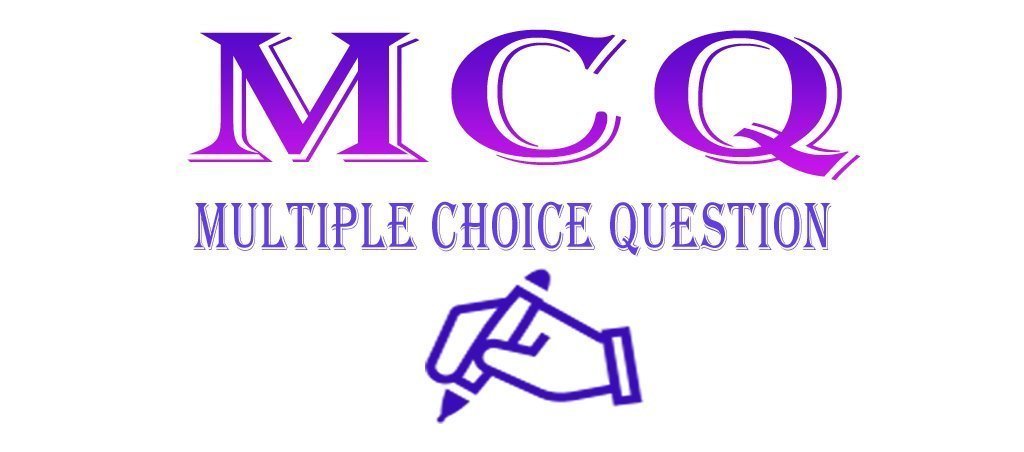Visiting high mountains may cause altitude sickness in men living in plain areas. Prime cause of this is
(a) excess of CO2 in blood
(b) decreased efficiency of haemoglobin
(c) decreased partial pressure of oxygen
(d) decreased proportion of oxygen in air.- Increase in body temperature makes oxygen haemoglobin dissociation curve
(a) shift to left
(b) shift to right
(c) hyperbolic
(d) parabolic. - Bohr’s effect is related with
(a) reduced carbon level in lymph
(b) reduced oxygen level in haemoglobin
(c) oxidised phosphorus level in blood
(d) reduced carbon dioxide level in blood. - After deep inspiration, capacity of maximum expiration of lung is called
(a) total lung capacity
(b) functional residual capacity
(c) vital capacity
(d) inspiratory capacity. - Hamburger’s phenomenon explains
(a) formation of HCO3–
(b) chloride shift
(c) oxygen saturation of haemoglobin
(d) breathing mechanism. - What is true about RBCs in humans?
(a) They carry about 20-25 per cent of CO2 as carbaminohaemoglobin.
(b) They contain enzyme ATP synthase required for oxidative phosphorylation.
(c) They transport about 80 per cent of oxygen in combination with haemoglobin.
(d) They do not carry CO2 at all. - The enzyme essential for the transport of CO2 as bicarbonate in blood is
(a) carboxypeptidase
(b) succinic dehydrogenase
(c) carbonic anhydrase
(d) thrombokinase. - Which of the following changes occur in diaphragm and intercostal muscles when expiration of air takes place?
(a) Internal intercostal muscles relax and diaphragm contracts.
(b) Internal intercostal muscles contract and diaphragm relaxes.
(c) External intercostal muscles and diaphragm relax.
(d) External intercostal muscles and diaphragm contract. - Inspiration occurs when there is a negative pressure in the lungs with respect to atmospheric pressure. This negative pressure is achieved when
(a) intrapulmonary pressure is less than the atmospheric pressure
(b) intrapulmonary pressure is greater than the atmospheric pressure
(c) intrapulmonary pressure is equal to the atmospheric pressure
(d) intrapleural pressure becomes more than the intraalveolar pressure. - Chemosensitive area of respiratory centre in medulla is affected by
(a) less CO2 and H+ ions
(b) less O2 and H+ ions
(c) excess CO2 and H+ ions
(d) excess O2 and H+ ions.
Answer:
1. (c)
2. (b)
3. (b)
4. (c)
5. (b)
6. (a)
7. (c)
8. (b)
9. (a)
10. (c)





Leave a Reply
You must be logged in to post a comment.